Laser Hair Removal in Washington, DC
Laser Hair Removal Before and After Gallery *
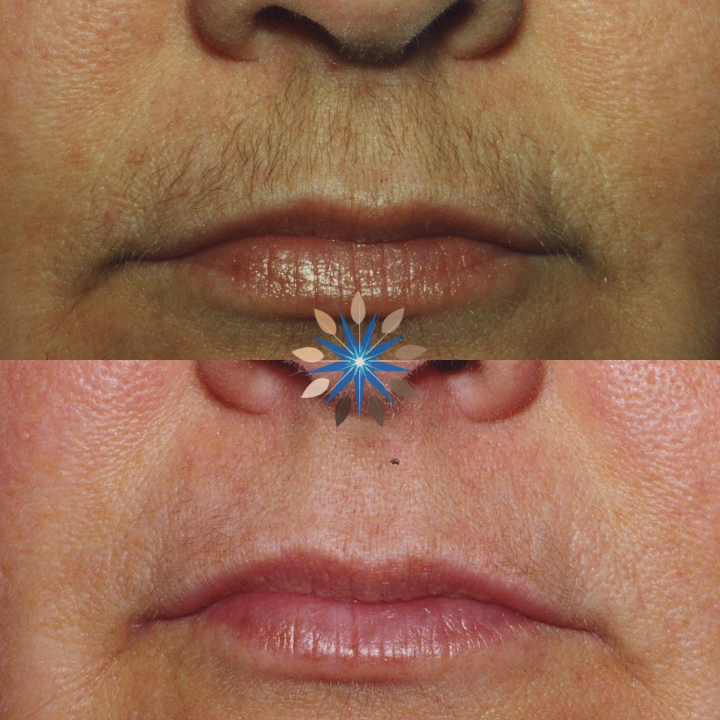
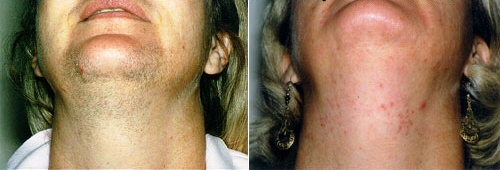
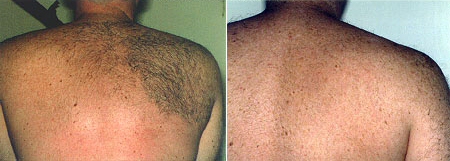

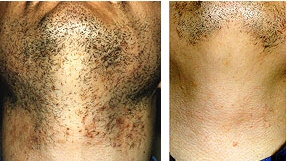

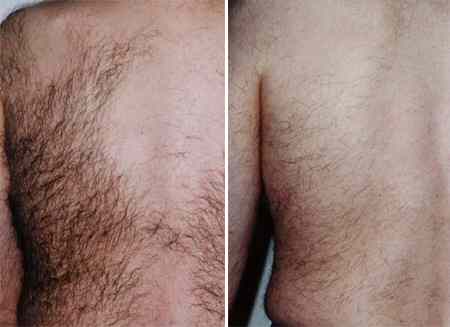
To inquire about pricing please complete our Consultation Request Form with the area(s) you are interested in treating and we will respond with our pricing including multi-area discounts.
Hair Removal Lasers Currently in Use at Our Center
- Cynosure Elite Alexandrite / Nd:YAG Laser
- Lumenis Lightsheer Diode Laser
- Cutera Long Pulse Nd:YAG
About our Laser Hair Removal Program
Over the past twenty years the Center for Laser Surgery has been involved in patient treatment and clinical research regarding laser-assisted hair removal. We are pleased to offer a wide variety of advanced laser systems for removing unwanted body hair which includes face, neck, bikini, arm, leg, and back hair. The following material will inform you of the benefits, risks and anticipated results associated with laser hair removal.
How is Laser Hair Removal at CLS different from other clinics and medical spas?
Unlike the now ubiquitous corporate med-spa chains that have a high pressure sales people sell patients packages upfront (often over the phone) only to have the actual treatment then performed by minimally trained technicians producing inconsistent results, at CLS you will enjoy a no-pressure consultation with the provider (MD or RN) who will be performing ALL of your treatments. During your consultation the areas where treatment is desired will be examined and the treatment process discussed in detail. Treatment costs will be reviewed and patient’s are then able to decide whether they would like to schedule a treatment appointment. We offer package discounts for multi-treatment packages. After completing a package of treatments we offer 25% off the regular treatment fee for any future touch up treatments.
How Does Laser Hair Removal Work?
At the present time, four laser wavelengths are available for the treatment of unwanted body hair. In essence, these wavelengths target pigment granules in the hair (melanin) in an effort to destroy hair follicles. Hair follicles are capable of producing hairs of various thickness and colors. Dark hair contains the pigment melanin which serves as the target for laser energy at these wavelengths. Specific Laser Wavelengths, including 755nm produced by the Alexandrite laser, 800nm produced by the Diode laser, and 1064nm produced by the Neodymium-YAG laser, have been shown to be effective in the long-term reduction or removal of pigmented (dark) hair. The pulsed laser energy is absorbed by the pigmented hair shaft and transferred to the surrounding follicle. The heat build-up caused by the absorption of energy by the hair itself is capable of creating follicular damage or prevent future hair production by that follicle.
How Successful is Laser Hair Removal?
Don’t pay attention to false and misleading claims by corporate med-spas and home devices promising ‘permanent hair removal’. Depending on the experience of the provider and technology employed in the hair removal process patients typically experience a wide range of success from laser hair removal . Most med-spas and less experienced aesthetic providers either utilize incorrect laser technology such as IPL, or utilize pre-programmed, low energy, algorithmic treatment parameters administered by relatively untrained personnel resulting in short term reduction in visible hair, but little in the way of long-term hair reduction. The most effective solution for long-term hair reduction is the use of multiple hair removal specific laser systems allowing for safe, effective, long term hair reduction in all skin types.
Due to the nature of the hair growth cycle, multiple treatments at regular intervals are necessary in order to achieve long-term or permanent hair reduction. In order to understand this process it is important to understand the biology of hair growth itself. Hair growth cycles are divided into three phases. The anagen stage of the hair follicle, or growth state, is the only stage at what a hair can be targeted by a hair removal laser, as it contains a growing hair within the follicle that can absorb laser energy as described above. The Telogen and Catagen stages, also known as shedding and resting hair follicles, do not contain hair shafts within the follicle, therefore do not absorb laser energy and therefore are not affected during a laser hair removal treatment.
Depending on the body site, various percentages of hairs are in the anagen, catagen and telogen phase at any given time and the timing of the cycle varies depending on the location of the hair being targeted. As a result, it is necessary to treat a given anatomic area more than once in order to attempt to achieve long term hair removal. Since the anagen phase is most vulnerable, a period of 4-6 weeks between treatments is recommended to allow the resting or telogen phase hairs to once again enter the anagen cycle and become more sensitive to the laser energy.
How is Laser Hair Removal Performed?
Laser hair removal is a moderately time-consuming but relatively straightforward process. We utilize a proprietary topical numbing cream which drastically reduces the discomfort associated with the laser hair removal process. Prior to treatment the hairs will be shaved, numbing cream will be applied and allowed to take effect, and the laser treatment will proceed once the area is properly numbed. Treatment times vary from a few minutes for areas such as the chin and neck up to 1-2 hours for extensive areas of the legs, back and chest. After the procedure cool compresses and soothing gels are applied to the treated area and patients can spend time relaxing prior to traveling home.
What Will I Look Like After Treatment?
The application of laser energy to the skin results in a pink color and on occasion crusting in the area will develop lasting a few days. Discomfort similar to a sunburn may be noted over the first 24-hour period and in extensive cases we may recommend tylenol for pain relief, but in most cases intermittent icing is all that is needed. In certain instances, especially in darker complected individuals, temporary pigmentation changes may be noted. One may notice hair within the follicles for up to two weeks after therapy, however, this will fall out leaving smooth, hair-free skin.
What Do I Have to Do Before Treatment Begins?
During your initial consultation you will be asked to provide a detailed medical history. In the case of new onset hirsutism (facial hair growth) we may refer for hormonal workup to rule out conditions such as PCOS, which can affect the results of laser hair removal and, more importantly, a patient’s overall health. Patients who have a darker skin types may use a bleaching cream (Hydroquinone or Kojic Acid) for three to four weeks prior to treatment and during the treatment period in order to lighten the area being treated for increased treatment efficacy and decrease potential pigmentation side effects.
What are the Risks Associated with Laser Hair Removal?
Laser hair removal has proven to be a very safe procedure when performed in physicians’ offices, not at spas, strip malls, and nail salons. When appropriate lasers are settings are used, there is little chance of scarring associated with this process. In certain instances, temporary increased or decreased pigmentation will be noted within the treated areas, especially in more darkly pigmented patients. In certain cases there may be some degree of crusting during the postoperative period which is treated by the use of bland emollients or occasionally with topical antibiotics.
Our Physicians and Nurses are on call 24 hours a day to assist you through your post-treatment period and to answer any questions you may have during this time.
What are the Costs Involved in Laser Hair Removal?
Laser hair removal involves the use of sophisticated expensive laser equipment in order to deliver precise and effective energy pulses. During your initial consultation the areas to be treated will be determined and a fee quote per treatment session will be given to you. This fee involves the cost of the procedure, dressings and postoperative visits if needed. Our aim is to provide safe, effective and affordable laser treatments for patients wishing to avail themselves of this service. We do offer discounts with the purchase of multiple treatment packages for various areas.
What Can I Expect from Laser Hair Removal?
Laser treatment for hair removal currently represents one of the most developed areas within the cosmetic laser and aesthetics space. Patient variation and the nature of hair follicle growth make it difficult to predict the exact outcome in every case. We are committed to excellence and will attempt to provide a pleasing cosmetic result for all of our patients, however, no specific guarantees can be made with regard to the final outcome.





